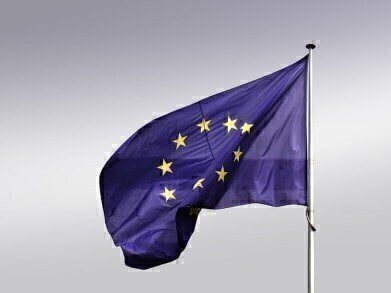Portable & field testing
How is the EU's Carbon Trading Scheme Changing?
Mar 08 2017
As part of its plan to cut carbon levels in Europe, the EU has certain regulations in place to limit industrial emissions. They launched the Emissions Trading System (ETS) – also known as the Carbon Trading Scheme – in 2005. In its first five years, the scheme cut greenhouse gas emissions by approximately 8 percent.
This low level of impact continued into the 2010s and consequently has seen the scheme criticised as inadequate. Time is up for the old scheme – the European parliament voted in favour of reform earlier this year. So what will actually change about the ETS?
Cap and trade
The main principle of the ETS is so-called ‘cap and trade’. Each participant in the scheme is given a set allowance for emissions, which – if they do not use up – can be traded for money. If they instead exceed their allowances, they are obligated to purchase more to cover the deficit.
The problem? The allowances weren’t particularly hard to adhere to. In the 2008 economic downturn, they lost value, meaning companies could purchase extra allowances pretty freely. There have also been a number of issues with policy uncertainty, leading to delays in allowance sales and roll outs to new industries.
Time for change
The proposed changes will see allowances fall gradually over the next seven years and possibly further into the future. Until 2024, there will be a 2.2 percent decrease in allowances each year, known as the ‘linear reduction factor’. It’s hoped this will drive up the value of allowances and in turn push industries to reduce their emissions. There will also be free allowances for the best performing 10 percent of factories, as well as a £10 billion fund to assist in eco-friendly innovation and new technology.
“Less than two weeks after the vote by parliament, today’s agreement demonstrates once more the European Union’s strong commitment to show leadership on climate action and help drive the global transition to clean energy,” said Miguel Arias Cañete, Europe’s climate action and energy commissioner.
Accommodating the changes
Cuts in allowances doesn’t necessarily mean cuts in output. To work with the changing allowances, industries will have to incorporate cleaner methods of energy production, or even turn to renewable energy sources. At a time when renewable energy is growing faster than fossil fuel in terms of new installations, it’s certainly worth getting involved. ‘Thriving in the Renewable Energy Economy’ explores how industries can capitalise on a fast-growing area of the energy landscape.
Digital Edition
IET 35.2 March
April 2025
Air Monitoring - Probe Sampling in Hazardous Areas Under Extreme Conditions - New, Game-Changing Sensor for Methane Emissions - Blue Sky Thinking: a 50-year Retrospective on Technological Prog...
View all digital editions
Events
Apr 29 2025 Edmonton, AB, Canada
Apr 30 2025 Ankara, Turkey
May 06 2025 Nuremberg, Germany
May 10 2025 Karachi, Pakistan
May 11 2025 Vienna, Austria








_(4427399123)-(2).jpg)










